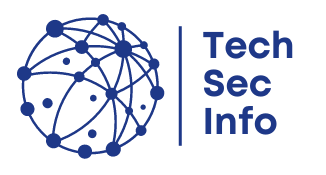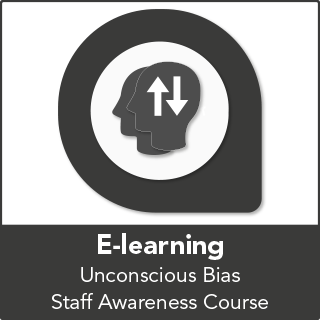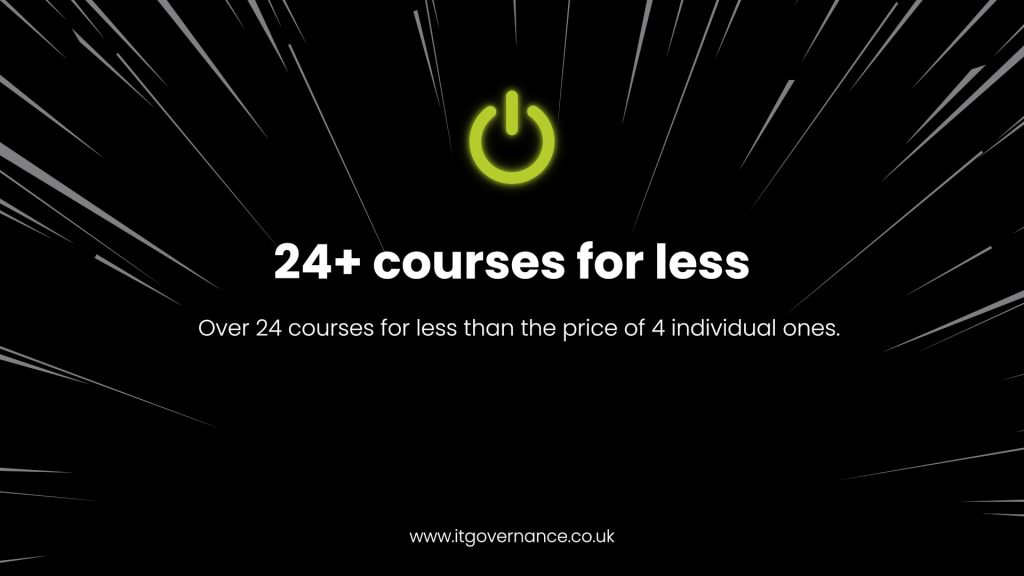Have you noticed that certain people in your workplace are treated differently? It could be a result of unconscious bias.
Unconscious bias refers to assumptions and beliefs that people develop due to their personal preferences and past experiences.
It’s linked to several discriminatory behaviours, such as unequal pay and racial prejudice, but it can also appear in more subtle ways. For instance, people might be judged on the clothes they wear, while our decisions can be manipulated based on the way information is presented.
We’re all prone to unconscious bias, and must therefore take responsibility to achieve a fair, happy working environment.
In this blog, we help you recognise some of the unconscious biases that you and your team might have, and provide tips to overcome them.
Contents
- What is unconscious bias in the workplace?
- Types of unconscious bias
- Example 1: ageism
- Example 2: halo effect
- Example 3: horns effect
- Example 4: conformity bias
- Example 5: anchor bias
- Be conscious of your unconscious bias
What is unconscious bias in the workplace?
Unconscious bias affects almost every interaction we have at work.
Humans aren’t infallible, and our decisions can be swayed by preconceptions and particular circumstances. People can exhibit biases about anything from someone’s gender to the football team they support.
However, they’re often not doing this with malicious intent.
This is what separates unconscious bias from overt prejudice, which occurs when people are aware of their discriminatory behaviour but commit to their beliefs because they think there’s a fundamental truth to them.
With unconscious bias, people still act prejudicially, but are doing so based on intuition rather than knowledge or reason.
In the workplace, it can result in opinions, judgements and decisions being made based on assumptions and stereotypes. Certain people receive preferential treatment, while others are discriminated against.
This can lead to:
- A lack of diversity in the workforce;
- A decrease in morale and productivity; and
- An overall hostile environment.
It can have a profound impact on employees’ mental and physical health. But by recognising and addressing biases, organisations can create a more equitable and supportive workplace.
Types of unconscious bias
There are three different types of bias:
- Cognitive bias: false assumptions that we believe are based on observable facts.
- Affective bias: emotional reactions that lead to unfair assumptions and judgements.
- Behavioural bias: unintentional actions and behaviours, such as microaggressions, that are based on our cognitive and affective biases.
Within these categories, countless specific types of unconscious bias exist that you might fall victim to. They often overlap, with a false assumption about someone affecting the way we treat them, for example.
In this blog, we look specifically at five types of unconscious bias that have a negative effect in the workplace. These are a mix of biases that:
- Manipulate our evaluation of individuals; and
- Manipulate our evaluation of ideas.
1. Ageism
Ageism occurs when someone is discriminated against based on their age. It typically applies to people who are considered too old for their job, and is especially common among women.
Ageism can affect younger people too. For example, a manager might deny an employee opportunities because they assume that they’re immature and untrustworthy.
However, it isn’t ageism if you can support the judgement with reasonable evidence.
For instance, if a manager of a supermarket refuses to give a 17-year-old night shifts because that’s when customers are more likely to buy alcohol, this isn’t ageism.
Even though the decision reduces the employee’s hours and could make them ineligible for overtime pay, it has a reasonable and practical judgement behind it.
How to avoid ageism in the workplace
To avoid ageism in the workplace, create policies outlining the risks of age-based discrimination.
Also encourage employees to clearly state – and justify – any decisions made based on an employee’s age.
2. Halo effect
The halo effect is a term coined by the psychologist Edward Thorndike in the 1920s to describe the way people form a positive impression of someone by emphasising one of their admirable qualities or traits.
It gets its name because we see the person as inherently good – like a saint – based on first impressions.
An example of the halo effect would be a hiring manager who sees that a candidate graduated from a prestigious university and therefore concludes they’ll excel at the job. The manager builds a picture of this person as smart, talented and successful based purely on their academic credentials.
How to avoid the halo effect in the workplace
The halo effect can be tricky to overcome, since we’re hardwired to draw conclusions about people based on the information presented to us.
For example, there often is a correlation between a person’s level of education and their knowledge, so you shouldn’t dismiss information about someone’s background.
However, don’t jump to conclusions without examining whether your assumption is merited. For example, during the hiring process, steer the conversation towards the skills gained from the applicant’s academic qualifications and how they might be used in the role.
3. Horns effect
The horns effect is the opposite of the halo effect, and occurs when we draw a negative conclusion about someone by emphasising an undesirable trait. It gets its name from biblical imagery, with the individual being perceived as an inherently bad person – like a devil – based on first impressions.
As a corollary to our previous example, a hiring manager may dismiss a candidate for:
- Going to an obscure university;
- Getting a poor grade(s); or
- Not going to university at all.
However, someone might not have achieved academic success for various reasons, which may not be relevant to their ability to do the job.
Moreover, the bias is subject to the hiring manager’s preferences and assumptions, making it possible that the individual did go to a well-respected university – but the manager didn’t recognise the name.
Another example of the horns effect is a manager concluding that an employee is bad at their job because they don’t express themselves confidently during meetings. But lacking confidence doesn’t automatically mean a lack of intelligence or ability, and talking about your work is a completely different skill to doing it.
How to avoid the horns effect in the workplace
As with the halo effect, our initial impressions of someone can be surprisingly accurate.
But when these impressions have serious implications in the workplace, such as determining someone’s job prospects or how they are treated by colleagues, we should challenge our preconceptions.
If you identify a negative trait in someone, consider whether it was:
- An isolated incident; or
- Part of a larger pattern.
Also focus on qualities relevant to the person’s job role, rather than personal preferences about the way someone ‘should’ behave.
Enjoying this blog? To receive future content like
this straight to your inbox, subscribe to our free
weekly newsletter: the Security Spotlight.
4. Conformity bias
Conformity bias is the tendency for people to think or say things in line with the majority, even if it doesn’t reflect their own opinions.
This can have both positive and negative effects on an organisation, depending on the situation.
For example, it can prevent conflicts and encourage people to act more professionally – but it can also stifle creativity and limit discussions.
This can be especially problematic when someone recognises a problem with an idea, but feels unable to express it because they don’t want to appear negative or unhelpful.
How to avoid conformity bias in the workplace
Managers can combat conformity bias by asking team members for their opinions directly, rather than leaving the floor open for debate. This can persuade people to provide constructive and insightful comments, rather than simply agreeing with what others say.
Plus, managers can conclude meetings by encouraging employees to continue thinking about the idea and to raise any further thoughts. This gives the team the opportunity to consider their thoughts without the pressure of criticising people’s ideas in front of them.
5. Anchor bias
Anchor bias occurs when we form an opinion about a person or situation based on the first piece of information we receive.
For example, if you ask software architect – and new starter – John how long he needs to integrate a new application into your systems, you’ll anchor your expectations based on his initial response.
But if something happens beyond John’s control, the project might be delayed. Or John completes it on time, but not up to standard.
Even though John did everything he could, from that point on, you may have a lower opinion of him.
How to avoid anchor bias in the workplace
Avoiding anchor bias can be difficult, because it’s so prevalent in our day-to-day decisions and is deeply embedded in other biases.
For example, John might have given an overly ambitious deadline because he was an inexperienced professional who wanted to prove himself.
The best strategy is to refrain from setting expectations until you’re sure they are reasonable and appropriate. So, John should consider the full scope of the project and available resources before committing to a timeline.
His managers should also understand that a new starter needs to acclimatise to their new environment and get used to new processes before they become more efficient at their role.
Be conscious of your unconscious bias
As this blog explains, you can often tackle unconscious bias by recognising the mental mistakes we make. When we take the time to consider our assumptions, we gain a new perspective that fosters inclusion and promotes understanding.
You can give your team the support they need to do that with our Unconscious Bias Staff Awareness Elearning Course.
This online training course provides a comprehensive introduction to this topic, giving you and your team the skills and knowledge needed to identify and address unconscious biases.
It covers all the above biases and many more. Plus, you’ll learn:
- How biases arise;
- The effects they can have; and
- Strategies for managing your assumptions.
Send out the right message to staff. Show them what corporate culture you, as an employer, are looking to create.
Also looking for awareness training on health & safety, quality management, AI, and more?
Check out our Complete Staff Awareness E-learning Suite – a cost-effective option containing more than 24 elearning courses, covering health and safety, quality management (ISO 9001), AI (artificial intelligence), and much more.
The post How to Overcome Unconscious Bias in the Workplace appeared first on IT Governance UK Blog.


